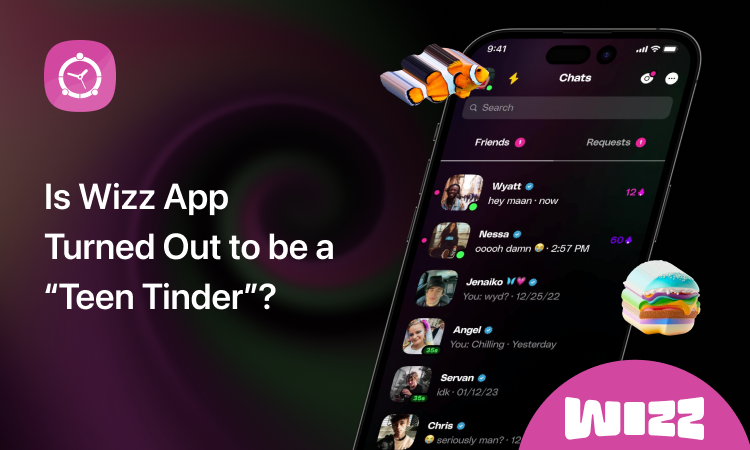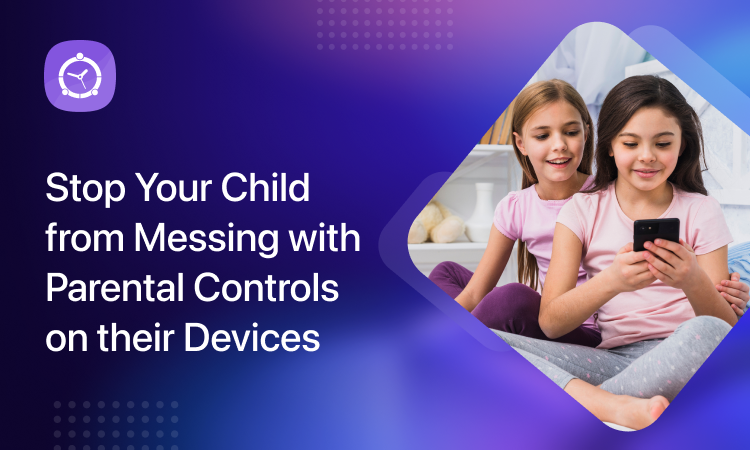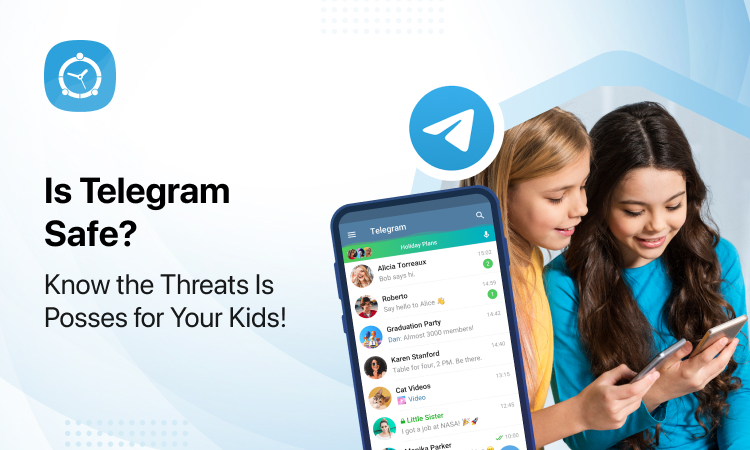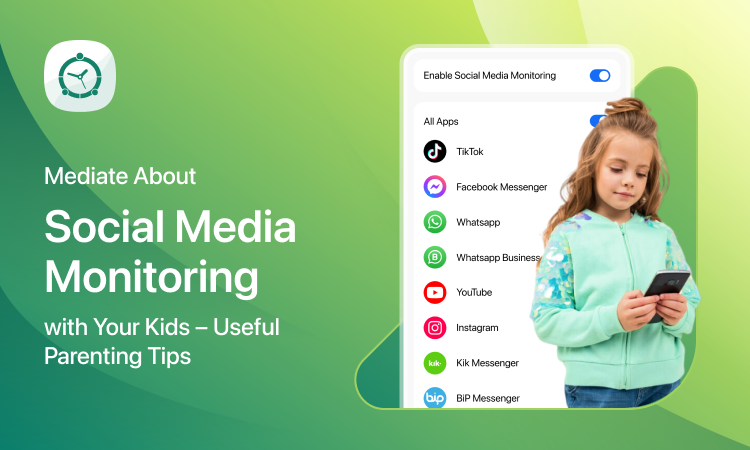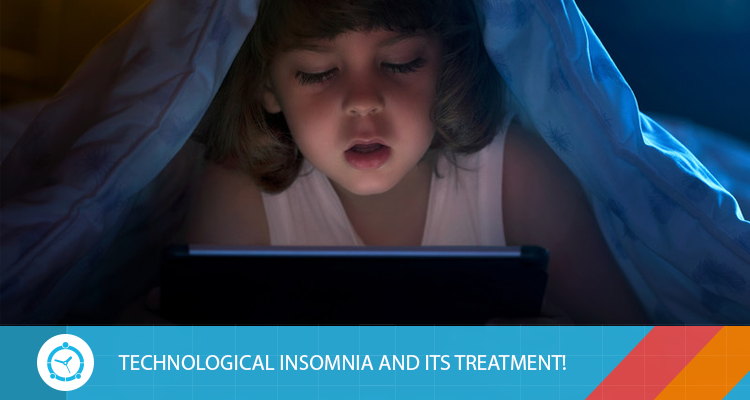
The technological insomnia is conquering more and more nocturnal grounds in a world inhabited by screens. The technology and that blue light characteristic of these devices completely alter our waking cycles and our biological clock. Far from being something punctual, we are facing a new disorder of great impact that begins to be very common in children and adolescents.
Most of us do it. We go to bed and it is almost inevitable not to take a last look at the mobile. We read the messages and one of these leads us to a link to a video. Soon after, from that video we went to our social network and the social network to an article, later to another video. Thus, and almost without us noticing, an hour may have passed, maybe more.
Associating insomnia with this common behaviour can be somewhat complicated. Can our nightly rest really make it difficult for us to stay on the phone or the computer for a moment? The answer is simple: yes. A habit repeated day after day becomes a habit. When that habit is also based on applying artificial light sources to our eyes, the one who really suffers is our brain.
According to a study published in LiveScience, this type of light stimuli completely alters our circadian rhythms. Moreover, it has been proven that we currently sleep 2 hours less than 40 years ago. Likewise, the population that is most suffering these changes are children and adolescents. All this translates not only into the increasingly early onset of chronic insomnia, but also we can also see its effects at the behavioural, motivational and school performance levels.
How to treat technological insomnia?
The specialists in sleep hygiene are clear: technological insomnia will grow considerably in the coming decades. Children, for example, have an increasingly early access to these devices and it is very common to be taken to bed without family supervision.
To say now that the solution is to take away the tablets, mobiles and computers would undoubtedly be short. We need awareness, better habits and other resources. For example, something that is being increasingly worked on from the technology industry is to reduce the impact that blue light has on our eyes and brain along with ways of limiting the use of these devices to an appropriate time only.
Let’s see, however, how we can reduce the impact of technological insomnia in our kids’ day-to-day lives.
- Dim the light on the screens as night approaches. Both computers and mobile phones now have the option “night light” where the impact of blue light is reduced.
- To limit kids’ screen time, get the digital app such as FamilyTime that enables parents to disable their kids’ devices in the later hours remotely. The app offers a handful of their incredible features that help parents manage their kids’ screen time.
Surely, with a little awareness and tech-savvy attitude, parents of this digital age can save their kids from a lot of digital diseases and risks. So, get yourself well-equipped as parenting this hyper-connected world is not an easy task. Happy parenting!


